To create a powerful solution, we felt compelled to focus on users who are active, but not specifically athletes. These users, like Sarah, will be members of healthcare systems who purchase Boulevard.

Our spring research revealed an increasingly important need to address the user’s own context, supporting their search for information and clarity when dealing with negative health events, and motivating healthy and consistent work towards recovering after these same events.

Users like Sarah will face a challenging path through recovery in its current state, marred by uncertainty of progress, frustration with communication to experts, and large lifestyle changes to fit the recovery process.
With an idealized experience for Sarah, she comes to view the places she spends most of her time as places of therapy and care just as much as her therapist’s office, where progress, explanations of different healing activities, and lifestyle changes aren’t as necessary for a full healing process.
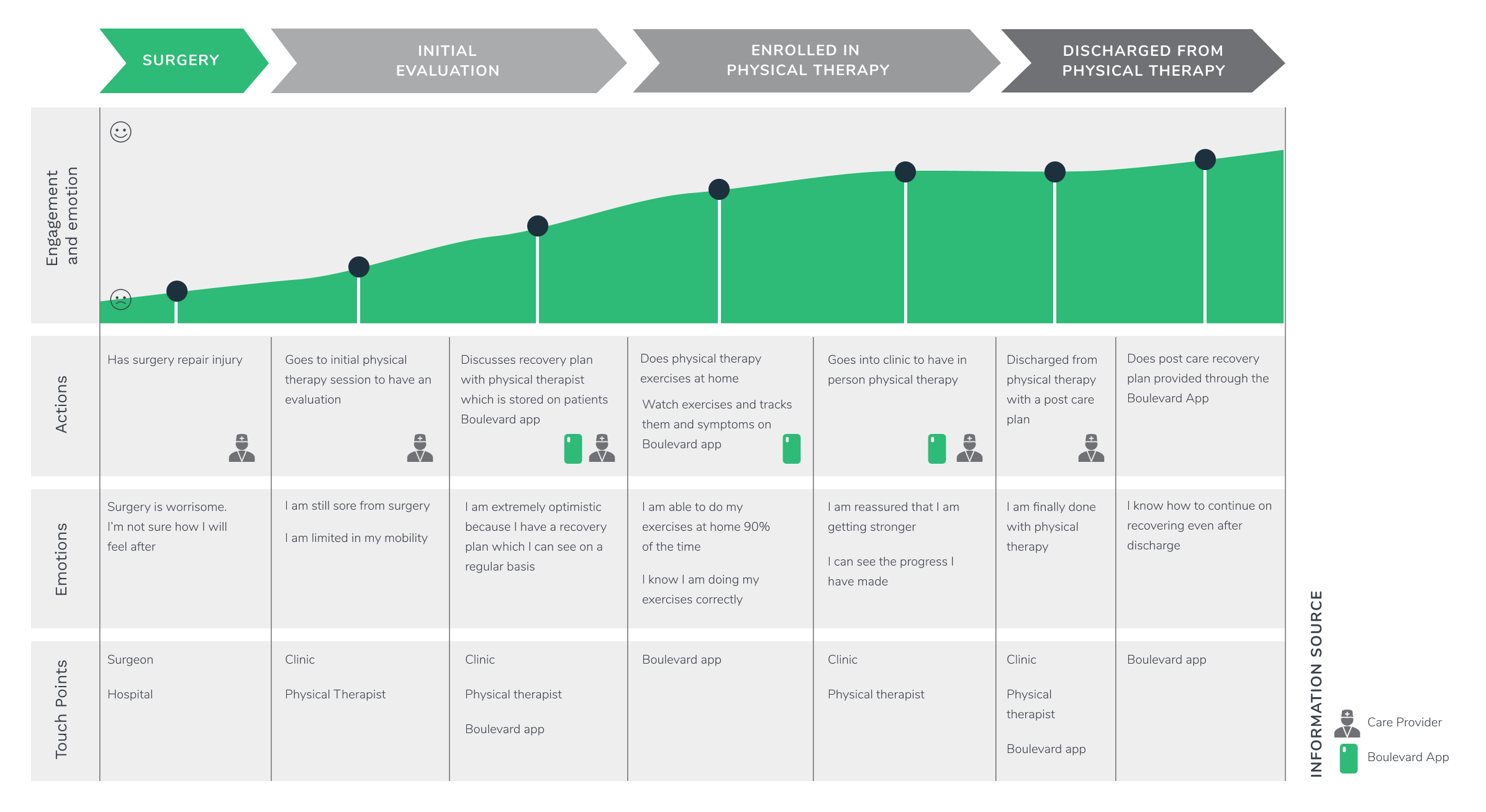
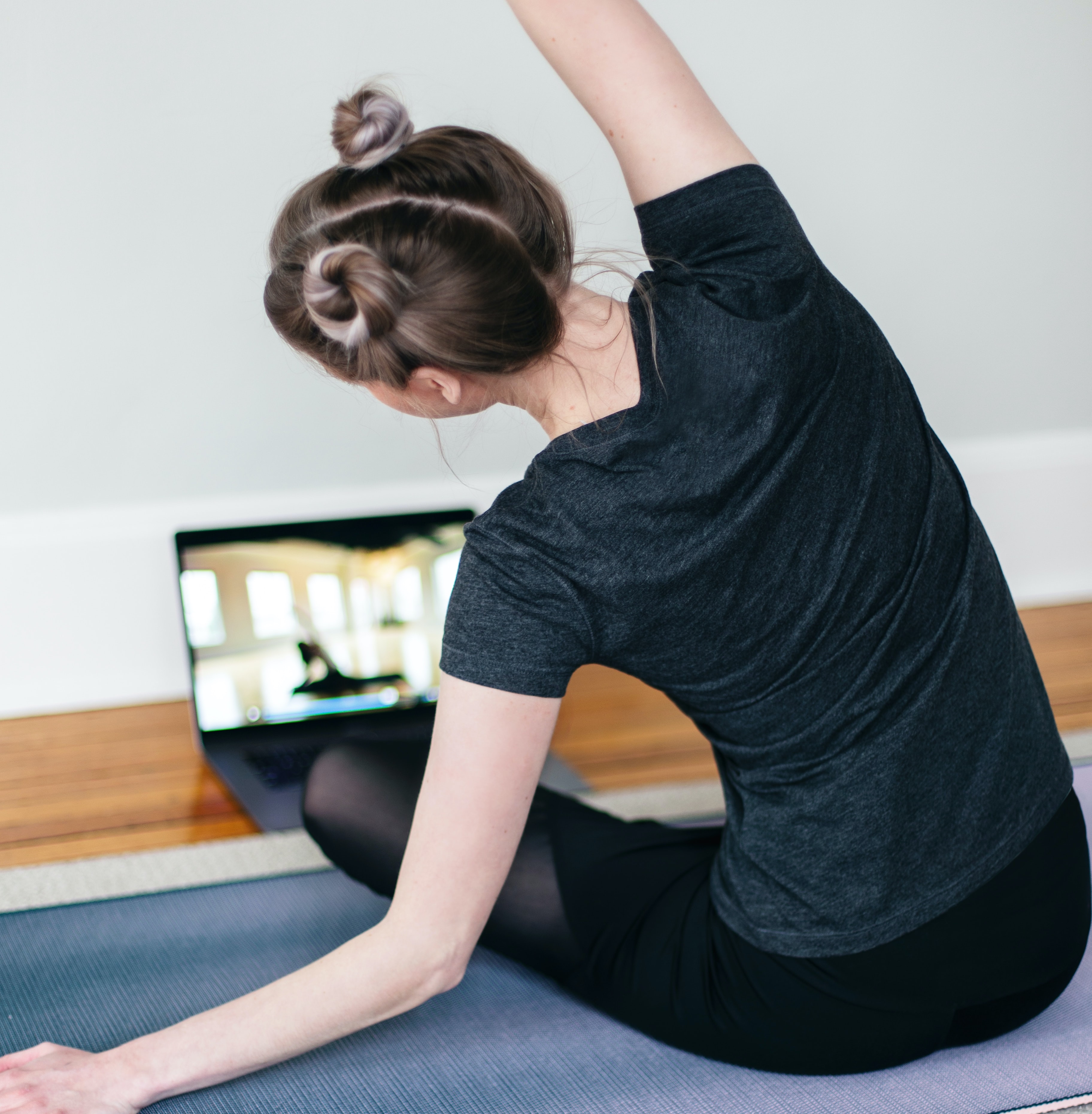
The team noticed that a difference in how people are looking at their at-home care and care in the presence of an expert needs to be designed for, by bringing together a recovery process that travels with them.
The team worked to create a feature set for recoveries of all kinds through rapid ideation, user testing, and iteration. We narrowed our focus to the most compelling set of features to help people remain cognizant of and actively pursue a healthy recovery based on what we heard in the field.

Time and time again, users and therapists identified the lack of understanding around the patient’s progress in the recovery process as the biggest challenge today.
By increasing the sense of progress and celebration of that progress, adherence will increase. The user’s mental model shifts to accurately reflect their actual recovery trajectory.

By developing an app using different visualizations of progress, would we be able to instill a sense of wayfinding for users? To what degree?
Users immediately saw a reshaped understanding of where they were in the process, as well as how long they have remaining to certain milestones. A phased progress approach helps create a faster sense of progress than an overall view.
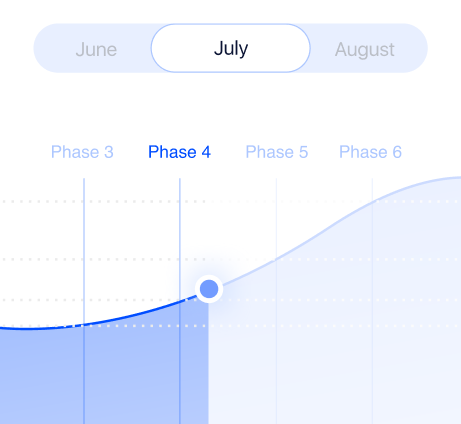
Users find the recovery process to be a burden as it often creates lifestyle changes for them, or creates guilt when the rigid structure of recovery isn't followed to the letter.

Adaptation to the user’s life and creating the lowest barrier to entry to completing necessary recovery activities will improve outcomes for them, creating a positive reinforcement cycle between having an easy time approaching activities and feeling motivated by the progress these activities lead to.
By creating an experience that uses behavioral anchoring, adapts around the user’s calendar, and understanding the user’s core goals for recovery, the app can personalize nudging and content to adapt to the user.

Users want personalization and transparency about how the app is working and why activities are having positive effects for their healing.
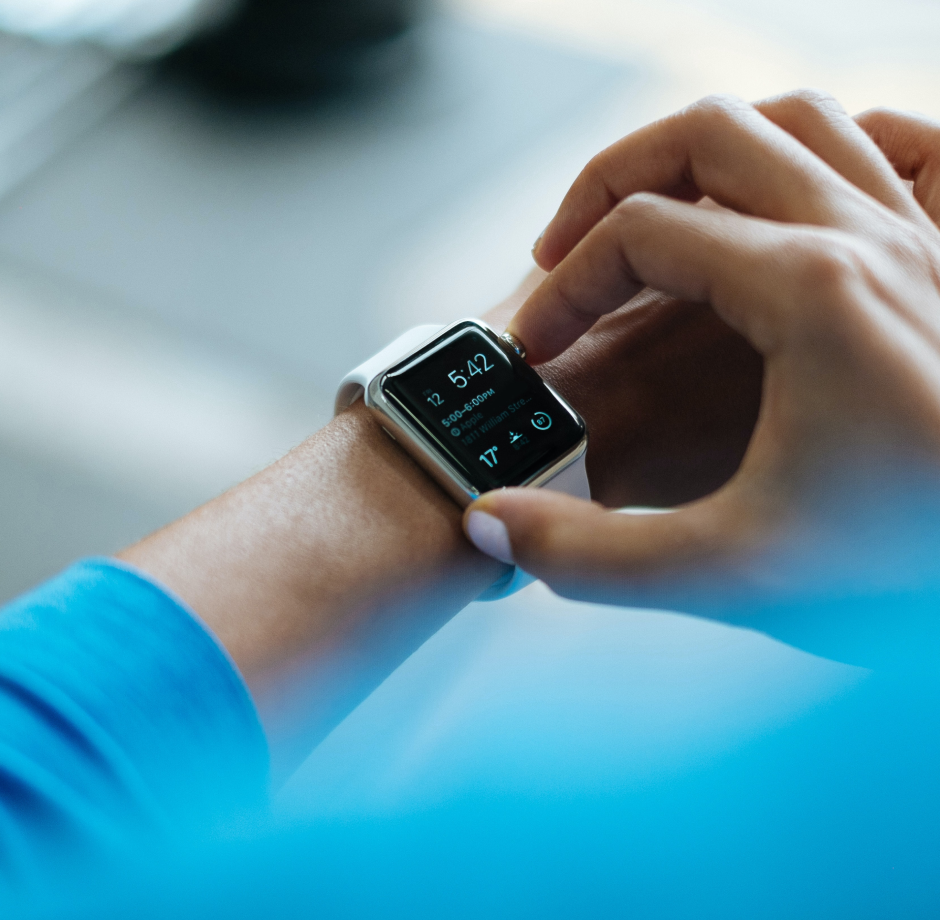
Users find more value in individual recovery activities when they know those behaviors represent small pieces to a bigger goal. Likewise, extrinsic motivators associated with positive self-views reinforce behaviors.
Sometimes the act of just getting better isn’t enough to keep a patient engaged. Addressing this additional desire through a recurring activity creates positive adherence and perception.
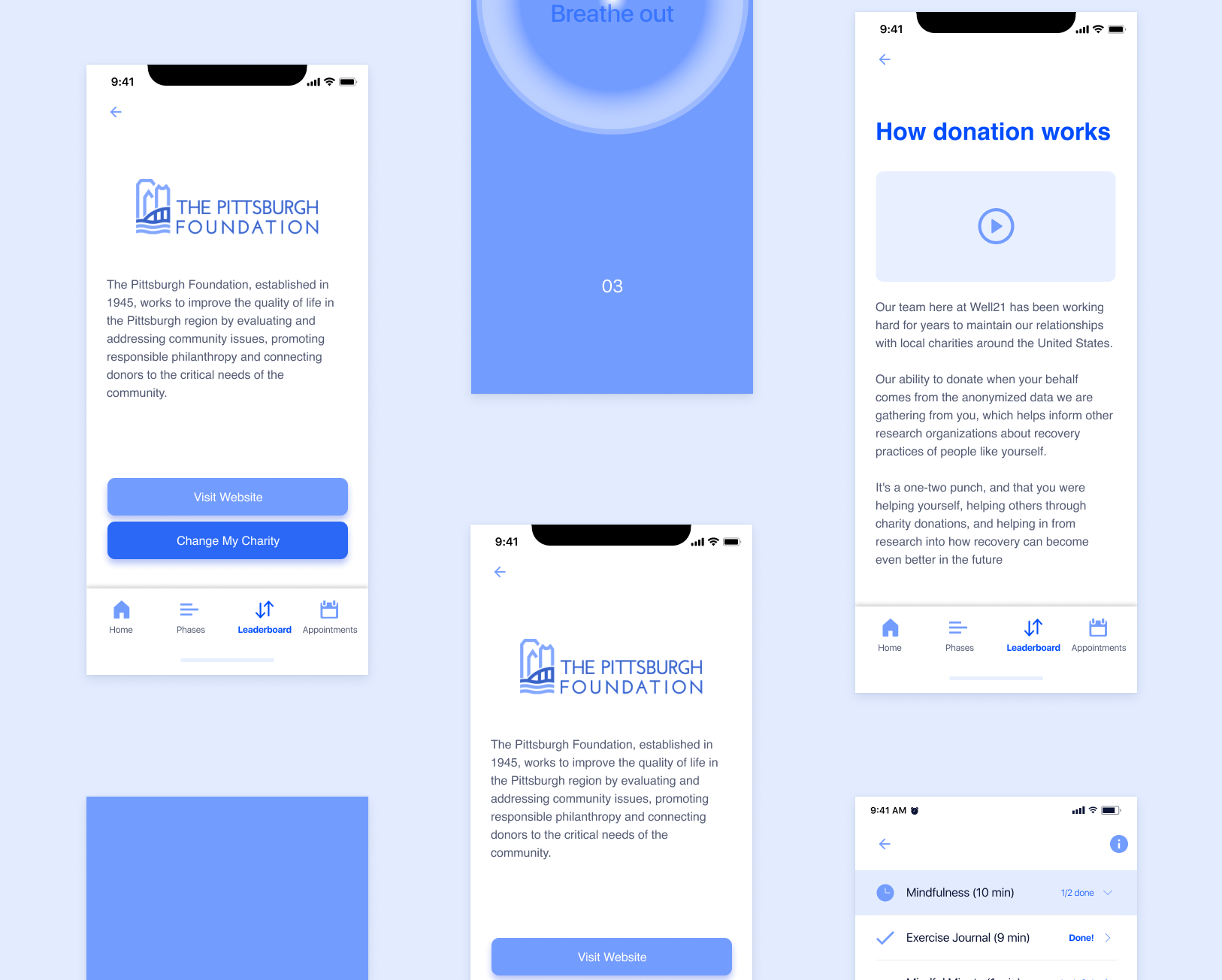
By connecting healthy in-app activities to a positive motivation system focused on charitable contributions, we looked to see if we could successfully reinforce good behaviors through good feelings.
Users were happy with the act of donating, and happier still when those donations were going to a cause they believed in. The association of donating with recovery activities increased enjoyment and excitement.
Seamless experiences drive a more positive mental model shift in how patients view recovery in their homes. This extends across all health conditions, not just one necessary for physical therapy.

Information-seeking tendencies in users grow exponentially when faced with an uncertain choice or approach. To meet this need, a chat system puts a friendly, reliable face to this information seeking process.
By creating an easy-to-access information-seeking tool in the form of a chatbot, quick references, symptom checking, personalization, and confirming progress all can be found in a single place within the experience.
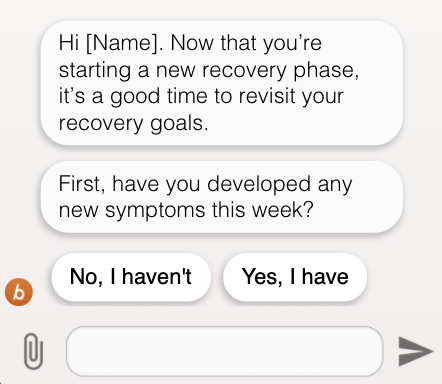
Users demands an all-in-one tool to record and collect information. Users find chatbot useful for providing general support and assisting information-seeking during recovery.
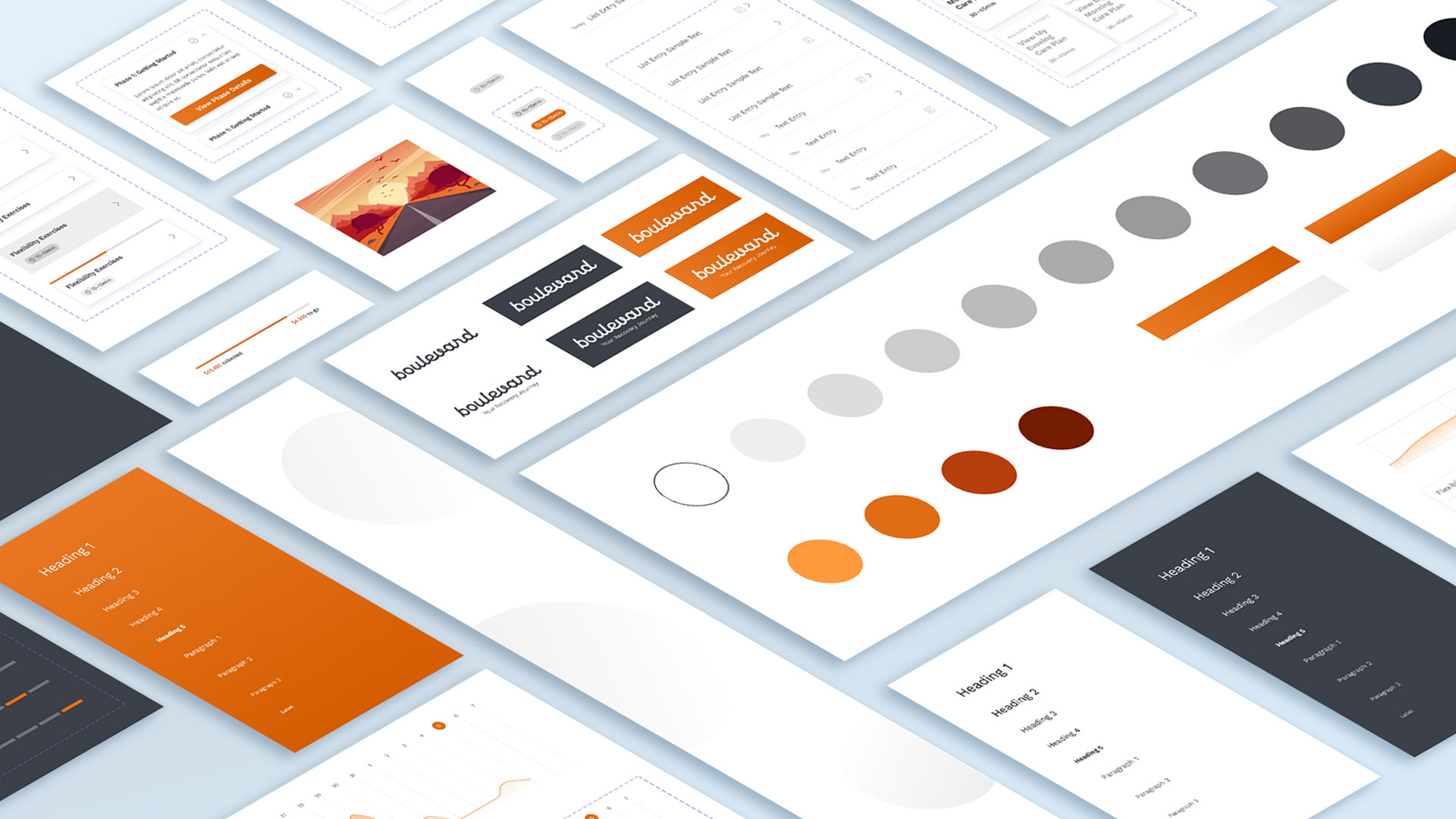
These design explorations created a feature set for a compelling home therapy experience, but that experience needed structure and a voice.
To enable the best possible experience for the users, we considered how organization can drive an immediate perception of progress. The key for us was giving immediate access to the features they need to keep that progress going.
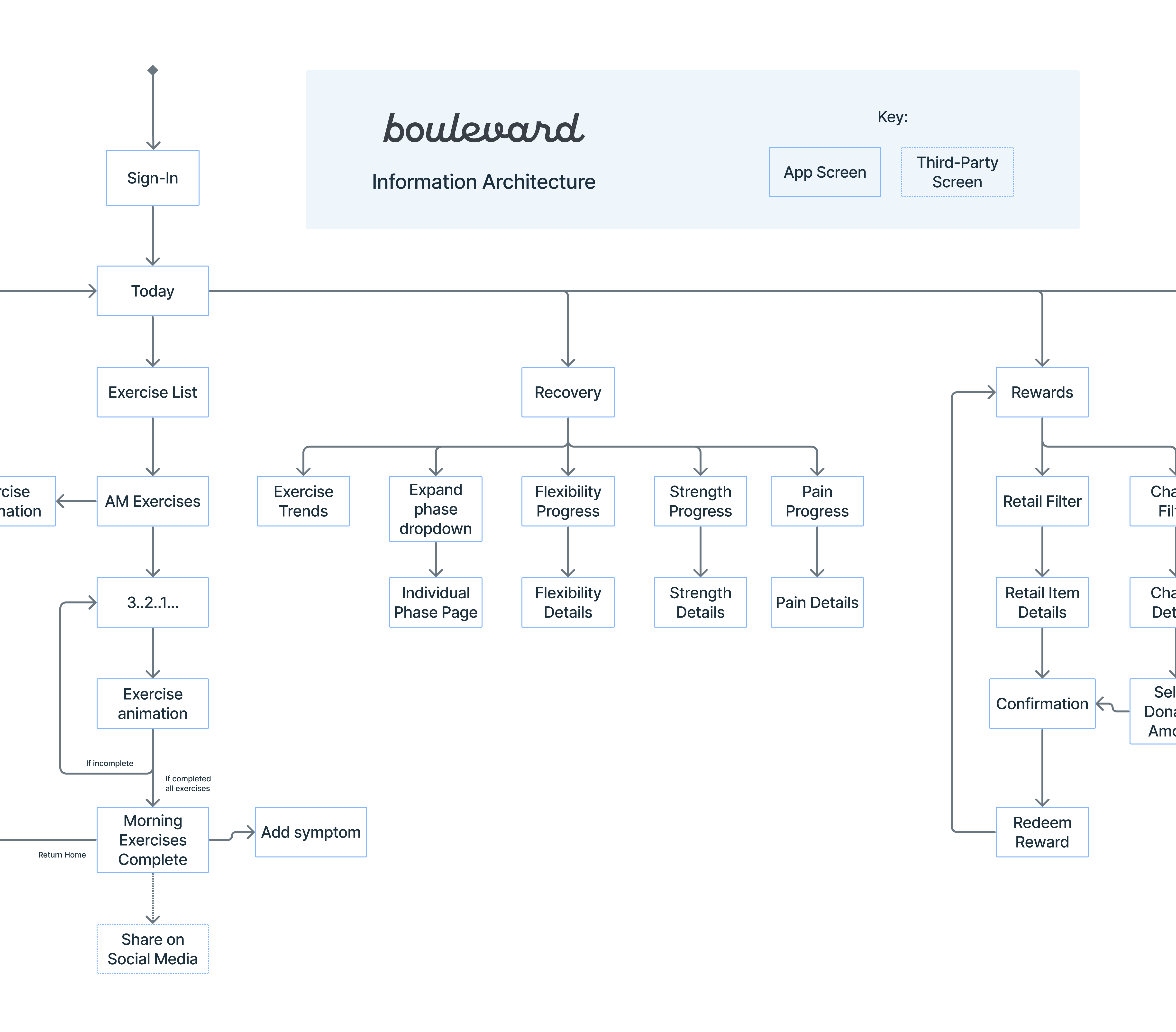
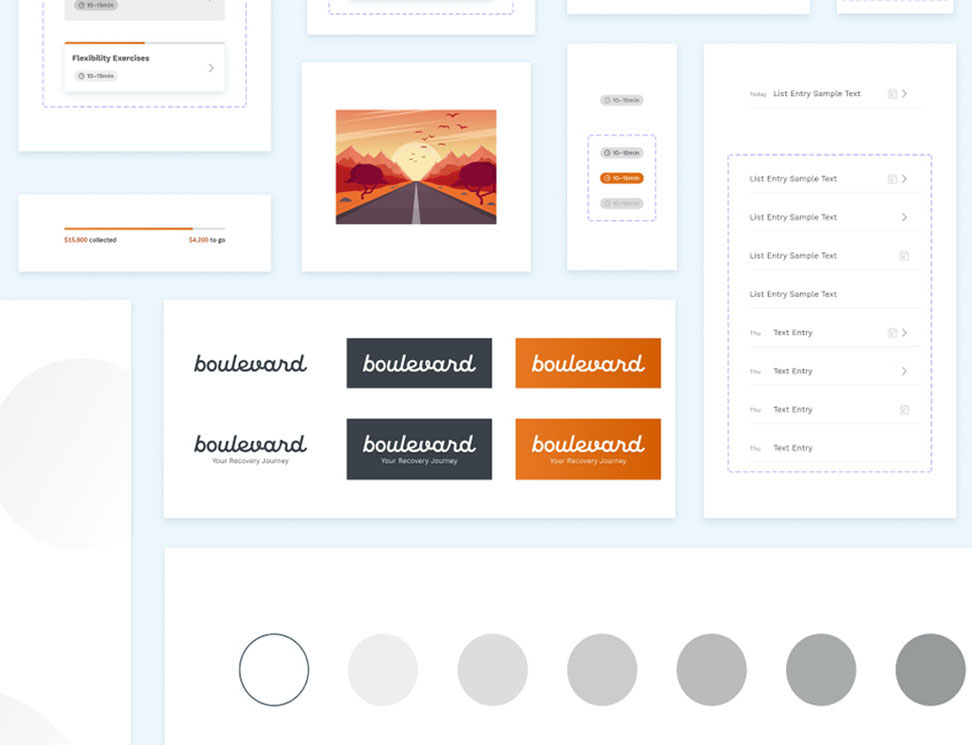
Our team worked to create a robust design system and documentation to hand our work off to our client. Imbuing a welcoming feel to Boulevard was integral to user enjoyment.